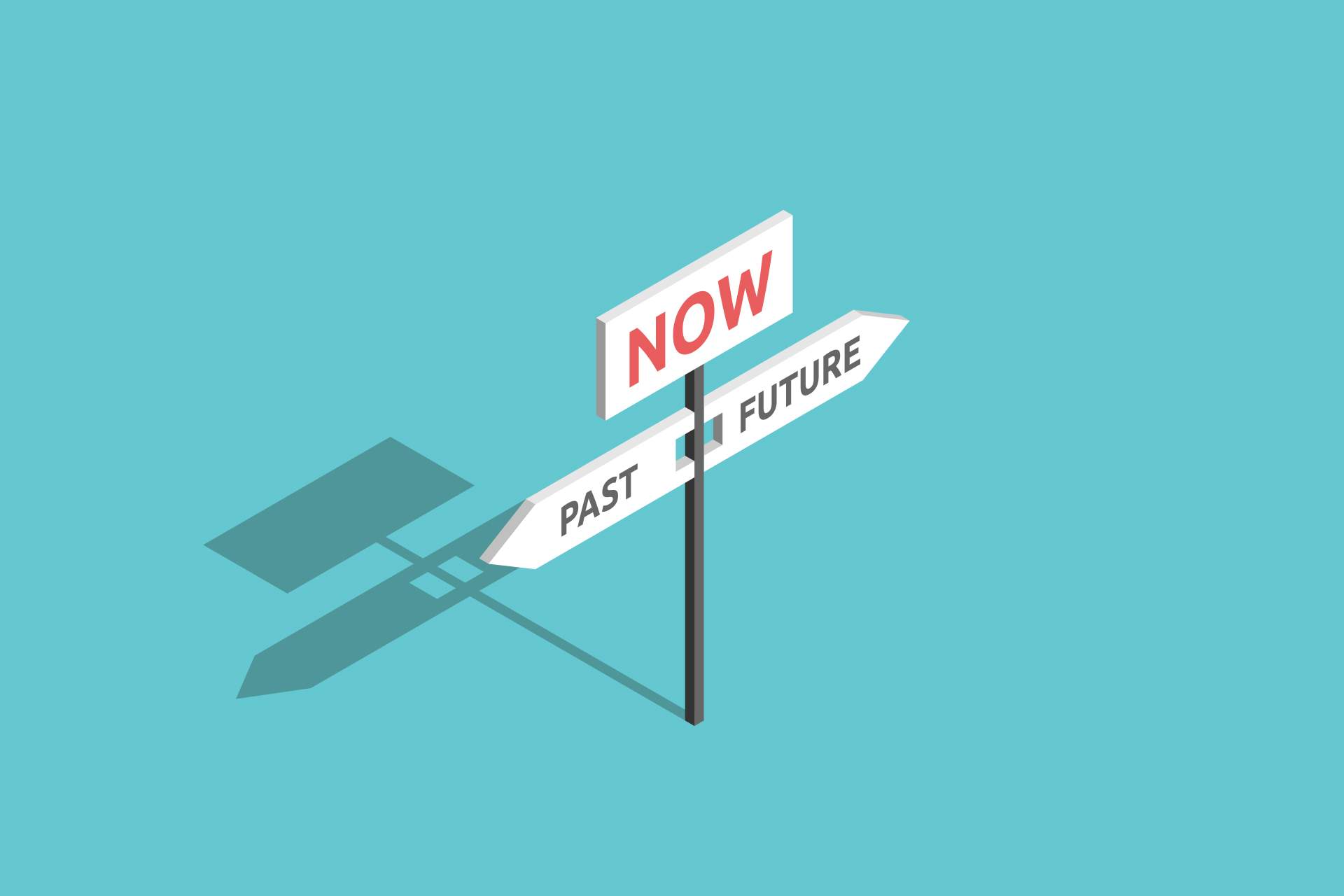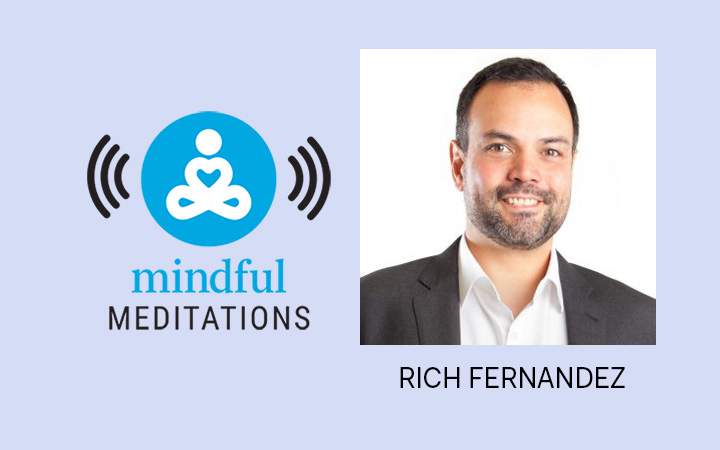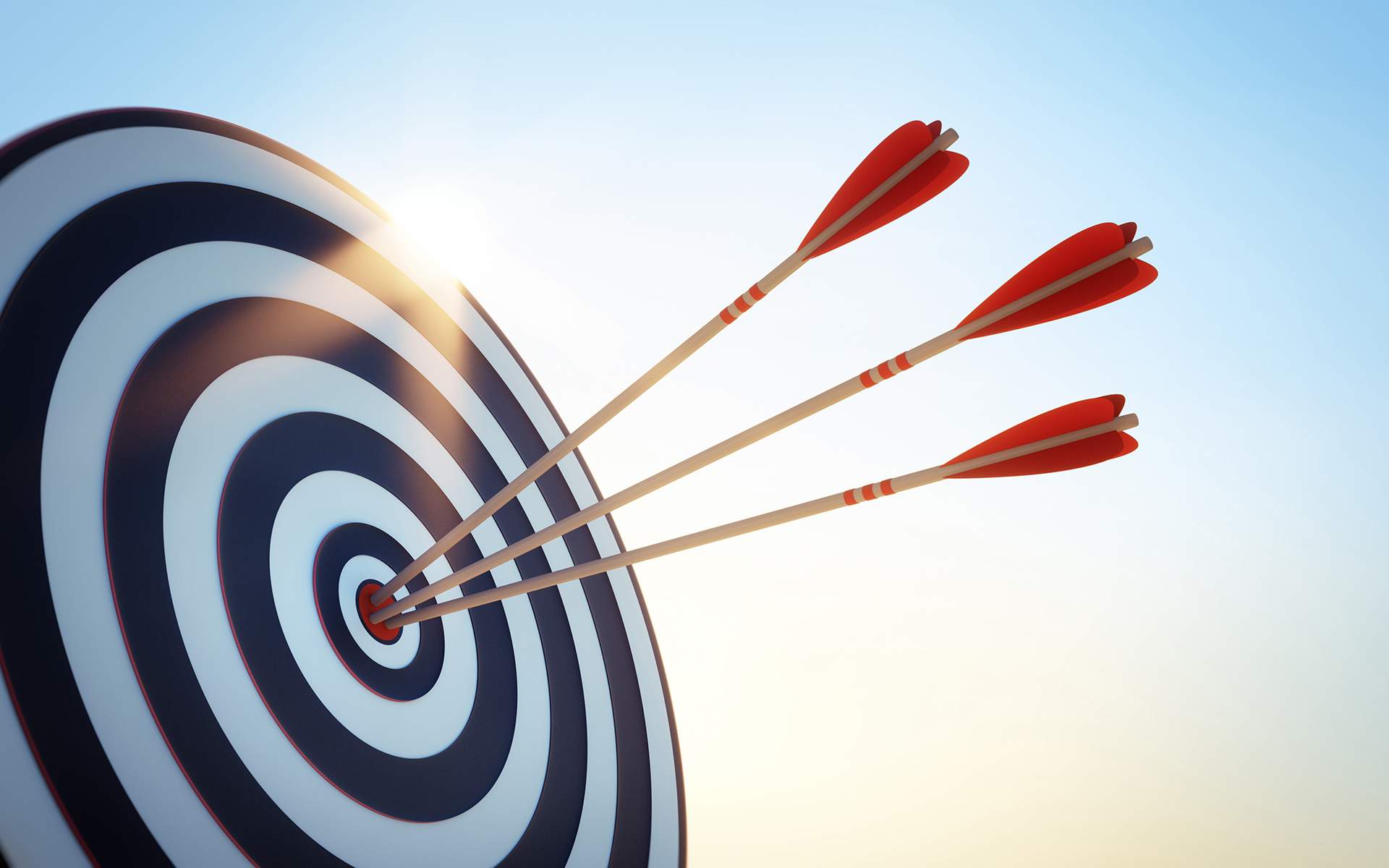Most often, when people think about purpose, they imagine something far into the future. Something they have to sacrifice their present—through working hard, sucking it up, paying dues, etc.—to attain. But that’s not the only way, and often not even the best way, to live a purposeful life.
I’ve seen over and over again how doing the work to clarify what you want, and then orienting toward that vision increases your odds of achieving your goals, whatever they might be. But purpose, as a tool, is actually not a destination but a spectrum. On one side of that spectrum, purpose can be a future end to which you subordinate the present, and on the other, a present to which you subordinate the future.
And rather than skewing hard to either pole, it’s possible to find your own Goldilocks Zone somewhere between them.
The Limitations of Purpose
I was recently a part of a T-group with a half dozen founders of high growth companies, in which we were each instructed to introduce ourselves using two items—one representing something that we wanted to lean into and one representing something we wanted to let go of.
When it was my turn, I held up a limited edition KITH branded G-Shock in white and blue and told the group it represented what I wanted to let go of. I explained how I bought the watch off StockX for more than it was worth. How I used to run a company, and how each time we hit a revenue milestone, or raised money, or celebrated a significant achievement, I’d buy a watch.
Why I wanted to let go of this, I explained, was that when I opened the drawer where I kept the watches, nearly a dozen of them, I couldn’t for the life of me remember the moments they were meant to commemorate. I’d been so fixated on the goals in front of me, the purpose I was chasing in the future, that I’d forgotten what it was I spent all that money to remind myself of.
In my experience, this is a common way of relating to purpose. You figure out the impact you want to make in the future, and then paint that picture in your mind to generate the creative tension necessary to close the gap between your present and future. This is an incredibly effective way of building things. Careers, businesses, lives. Here’s the end we want to create, therefore here’s what we should do now. Activity in pursuit of a purpose far into the future is telic (a fun word I just learned), meaning it has an end. You engage in the activity to produce an outcome. The outcome, the ending, is the point. The process is the means to that end.
For most of (early) life this makes all the sense in the world, which is why future-orientedness has become synonymous with the idea of purpose. The problem is that, in the best case, you get that future. But then it becomes the present, the goalposts move, and all that you’ve sacrificed for is subordinated to yet another future. And around and around you go on the hedonic treadmill, chasing ends all the way until the only possible end of ends.
The Possibility of an Intentionally-Designed Present
But this isn’t the only way purpose can work. Purpose can also be present-oriented.
When I finished explaining the symbolism of the watch, I showed the group a 9/12” sketch pad. It was filled with drawings of shapes, hands, candy bars, dozens of things I’d been looking at. I wanted to lean into sketching, I explained, simply because I liked doing it. I liked the feeling when I got a line just right, or when a landscape actually looked like a landscape. I liked seeing images come to life on a page.
I didn’t show the group any of my drawings when I told them that the sketchbook was what I wanted more of in my life. The results weren’t the point. I don’t draw to have a drawing, and certainly not to be productive (as an average artist I couldn’t have made a buck off a drawing if I’d tried), but for the process of creating itself. For me, sketching is atelic (an activity without an end).
Our consumerist culture doesn’t talk about it often or well, but purpose, one of the most effective ways to consciously orient your life, can be focused on the process (the present) as well.
Not that it should, but it can.
Present-Oriented Purpose in Action
Since most of us were never trained to focus on the present, it can take a bit to orient this way. What does present-oriented purpose look like anyway? How might it work?
In much the same way as we use the traditional concept of purpose, present-oriented purpose starts by choosing something you want. Only instead of choosing something in the future, you choose something in the present. A way of life that you enjoy, now, and that you’d like to experience more of in your life.
When I began considering a present-oriented purpose for my own life, I started with the idea that I wanted to be more present. After 10+ years chasing results, I decided that nothing was more important to me than fully inhabiting each moment. I wanted to notice and experience my life as it happened rather than “get sh*t done” and accumulate meaningless keepsakes. That was my purpose. To be fully awake to my life.
Then I figured out which future would serve that present. I took inventory of the times I felt most alive, the most awake to my life, and unearthed three insights about myself: I felt most awake when I was helping good people with things that mattered, when I was writing about things that mattered, and when I was with the people who mattered most to me. So it became clear that the future I wanted to create would be one in which I got to spend most of my time doing those things. And by building toward that future, I would maximize my chances of achieving the purpose I wanted: being awake to my life in the present moment. And in the next present moment, and the next.
But what about impact?
As American philosopher William James observed, “The greatest use of a life is to spend it on something that will outlast it.” Knowing that I wanted above all to be awake to my life in the present, I wondered, “Does that mean I have to sacrifice making an impact?”
No. Even the impact you want to make on the world can be anchored in the present. It can be, as startup coach and author Jerry Colonna says, “good work, done well, for the right reasons.”
Part of me still finds appealing an audacious, future-oriented purpose like “build the largest executive coaching firm in the world,” but I know that that would set me up for a lifetime of sacrifice toward an end always over the horizon. I’m not willing to make that trade anymore. Instead, to simultaneously enable the presence I want in each moment and my desire to spend my life on something that will outlast me, I created this:
“To help founders grow into extraordinary leaders and build life-giving companies, by becoming the fullest version of themselves.”
Fast forward a little over a year from the conception of that purpose, and I just spent all day today, and yesterday, and all last week, splitting my time between coaching founders on things that matter, writing about things that (I think) matter, and building forts with my wife and two boys. Each day I help founders grow into leaders by growing more fully into themselves, and allow tomorrow to handle itself. I find that’s enough. Good work, done well, for the right reasons. I still sometimes get sucked into my phone, or stress about an upcoming deadline or conversation, but less now than ever before. And I’ve never felt more alive.
There’s No Right or Wrong Answer
Like most important things in life there’s no right answer here. But purpose of any sort is an incredibly valuable tool to galvanize behavior toward a conscious end, rather than spending our lives in inertia. I’ve seen no better tool to create a well-lived life. But as you orient toward your own purpose, you don’t have to aim at some massive thing far off into the future, and channel your life to its service. Your purpose can serve the present, too.
A Journaling Exercise to Connect With Your Purpose
It’s so easy to lose touch with our lives in the present. To reconnect with yours, and to dive deeper into what a present-oriented purpose might look like for you, I invite you to try the following 20-minute exercise.
Spend five minutes journaling an answer to each of the following questions:
1. What are the 1-3 moments in which you felt the most alive?
2. When in the last week or month did you feel the most joy?
3. What did you most love to do as a kid? What did you do when there was nothing you had to do?
After the above, spend 10 minutes journaling an answer to this question:
4. Imagine you had only 24 hours to live. Tell the story of how you’d like to spend that day.
5. With whom would you want to spend it? Doing what?
Spend five minutes journaling an answer to the following questions:
6. What do my answers tell me about the type of present moment I’d like to live in?
7. What future would enable me to spend the most time possible in moments like these?
READ MORE
Noticing What’s Alive for You Right Now
Rich Fernandez, CEO of the Search Inside Yourself Leadership Institute, talks about how he leaned on his mindfulness practice to turn his career into a calling.
Read More
Uncover Your Purpose and Unleash Your Potential with Rich Fernandez
In this 4-part series, you’ll learn how to connect with what’s meaningful to you, set intentions for your future, define your purpose, and the ups and downs of the journey to living in alignment with your heart work.
Read More
How to Tell if You Are Misaligned With Your Purpose
Three key ways to assess if you are aligned with your purpose—or not.
Read More











